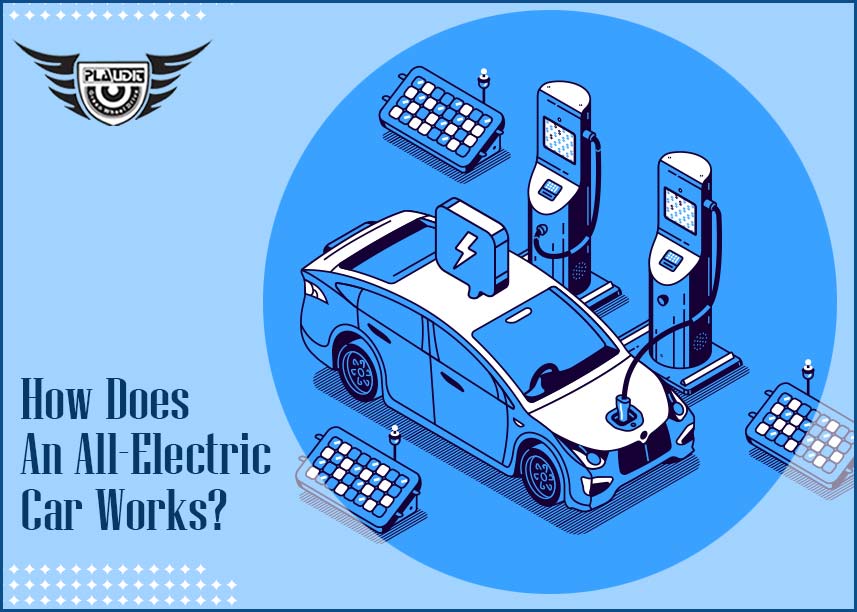E rickshaw manufacturers in West Bengal are transforming the system of transportation and how? By integrating various new technologies in the existing cars.
All-electric vehicles that are also known as battery operated electric vehicles contain an electric motor instead of an internal combustion engine. Several e- rickshaw distributors are now relying on modern electric vehicles for a number of activities. Let’s have a look at the most indistinguishable characteristics of an all-electric car:
Characteristics Of All-Electric Vehicles:
- The vehicle utilizes a large traction battery pack that powers the electric motor and needs to be plugged into a wall outlet. This wall outlet can also be charging equipment and is known as EVSE (Electric Vehicle Supply Equipment).
- The vehicle emits no exhaust from the tailpipe because it runs on electricity. Moreover, it does not contain the typical liquid fuel constituents, such as fuel pump, fuel tank or fuel line.
- Although electricity production may be responsible for causing air pollution, the U.S Environmental Protection Agency declares all-electric vehicles as zero-emission vehicles. Hence, they produce indirect exhausts from the tailpipe.
- The vehicle is highly commercial. Both heavy-duty and light-duty EVs are useful for rigorous commercial activities. This factor has significantly led to the demand for electric vehicles.
- All-electric vehicles are typically more expensive than hybrid and conventional vehicles. However, fuel savings, state incentives or a federal tax credit system may recover the costs.
Key Components Of An All-Electric Vehicle:
Modern electric vehicles have a huge range from the latest designs of e rickshaws to other conventional cars. There are certain key components that make all-electric vehicles unique:
- Battery:
The batteries of an electric drive car provide electricity to the power vehicle associates.
- Charge Port:
The charge port permits the EVs to connect to an external battery supply in order to charge the traction battery pack.
- DC/DC Converter:
This particular device enables the conversion of higher-voltage DC power that emits from the traction battery pack to the lower-voltage DC power. To run vehicle accessories and charge the auxiliary battery, EVs need this DC power.
- Onboard Charger:
The onboard charger takes the incoming AC power supply emitting from the charge port and converts it to DC power in order to charge the traction battery.
- Electric Traction Motor:
This motor drives the wheels of the vehicles by using power from the traction battery pack. Some battery operated EVs use motor generations instead of this that performs both the regeneration and drive functions.
Conclusion:
Consider these facts while buying your favourite all-electric vehicle. If you wish to get the latest designs of e rickshaws, then contact Plaudit E Rickshaw. They are leading among the top e rickshaw manufacturers in West Bengal. To know more about their modern eclectic vehicles, get in touch with them today!



